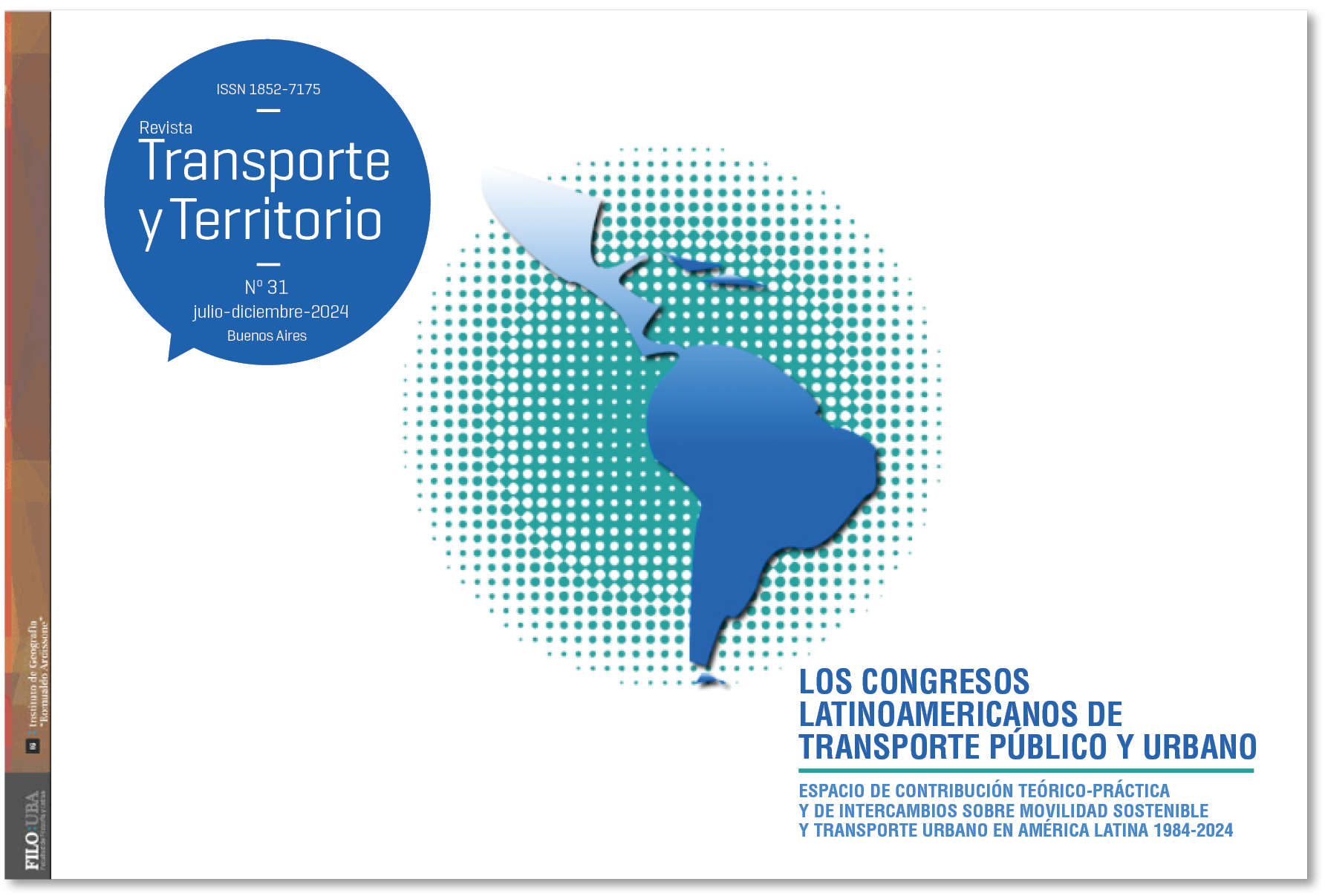Cyclable intersections: an analysis of bicycle level of service indicators from the perception of cyclists
Abstract
Road intersections represent critical points for the occurrence of traffic accidents and conflict situations involving cyclists and drivers, therefore, they are fundamental components for planning bicycle safety. The aim of this article is to identify, under the perception of cyclists, the degree of importance of factors that influence the bicycle level of service for road intersections. The methodology was divided into three stages: I, selection of indicators through literature review; II, perception of cyclists through an online questionnaire; and III, analysis of the importance of the indicators through the Method of Successive Intervals. The results presented the profile of the participants and their assessments of agreement on 10 indicators of bicycle level of service. A series of calculations were performed to assign weighted averages and determine the degree of relative importance of the variables on a scale from 0 to 1. The following order of influence of the indicators was verified: Visibility, Cycling infrastructure, Motorized speed, Crossing distance, Land use, among others. Thus, we seek to contribute to a greater understanding of the factors that influence the perception of quality of service and safety of cyclists, as well as to the formulation of measures for cycle planning.Downloads
Copyright (c) 2025 Diogo Gomes Pereira Batista

This work is licensed under a Creative Commons Attribution 4.0 International License.

 Important notice
Important notice


1.jpg)

3.png)




















